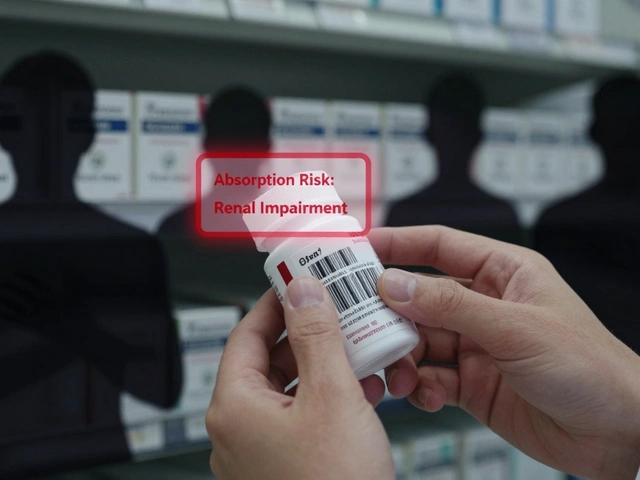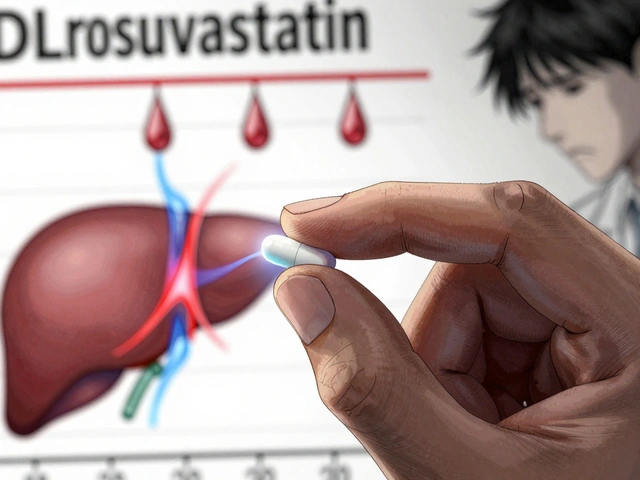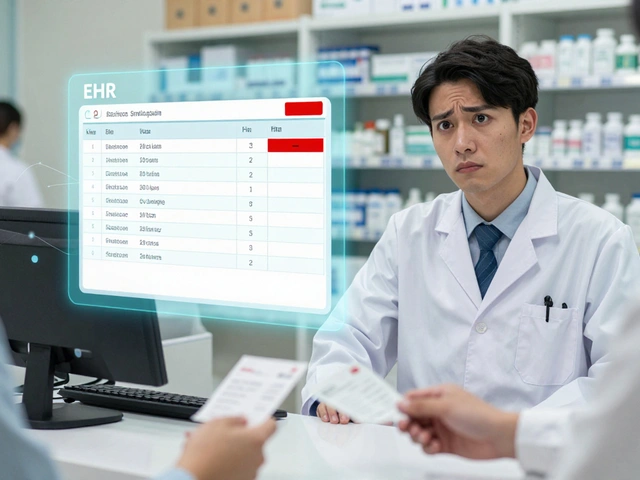Primaquine: Uses, Side Effects, and What You Need to Know
When treating or preventing malaria, Primaquine, a synthetic 8-aminoquinoline antimalarial medication used primarily to kill dormant liver stages of Plasmodium vivax and Plasmodium ovale. Also known as primaquine phosphate, it’s one of the few drugs that can stop malaria from coming back after the initial infection is cleared. Unlike other antimalarials that only target the blood stage, Primaquine goes after the hidden parasites in the liver — the ones that can wake up weeks or months later and cause a relapse. This makes it essential in areas where vivax malaria is common, like parts of Asia, Latin America, and the Pacific.
But Primaquine isn’t for everyone. People with G6PD deficiency, a genetic condition where the body lacks enough glucose-6-phosphate dehydrogenase enzyme to protect red blood cells from damage. Also known as glucose-6-phosphate dehydrogenase deficiency, it affects about 400 million people worldwide. Taking Primaquine can trigger severe hemolytic anemia in these individuals. That’s why doctors always test for G6PD deficiency before prescribing it. If you’ve ever had unexplained jaundice, dark urine after taking a new medicine, or a family history of blood disorders, tell your provider. It’s not a risk you want to guess on.
Primaquine also works differently than drugs like chloroquine or artemisinin. While those clear the main infection fast, Primaquine is the cleanup crew — it handles what’s left behind. That’s why it’s often paired with another antimalarial. You might take chloroquine first to knock out the active parasites, then follow up with Primaquine to prevent relapse. This combo is standard in many countries, especially where drug resistance is a problem. But resistance to Primaquine itself is still rare, which is why it stays in use despite its side effects.
Side effects are usually mild — nausea, stomach cramps, dizziness — but they’re common enough that people often stop taking it too soon. That’s dangerous. You need the full 14-day course to kill all the dormant parasites. Missing doses can let them come back stronger. If you can’t tolerate the side effects, talk to your doctor. There are alternatives like tafenoquine, but it’s newer, more expensive, and also risky for G6PD-deficient people.
Primaquine is not just a drug — it’s a tool in global health. It’s been used for over 70 years, saved millions of lives, and remains critical in malaria elimination programs. But its power comes with responsibility. Knowing who it helps, who it harms, and how to use it correctly makes all the difference. Below, you’ll find real patient stories, expert comparisons, and practical advice on managing treatment, spotting risks, and understanding how Primaquine fits into broader malaria care — no fluff, just what you need to stay safe and informed.
Primaquine is the only drug that prevents malaria relapses from liver parasites, but it requires G6PD testing. Learn how it compares to tafenoquine, chloroquine, and ACTs - and what to do if you can't take it.









